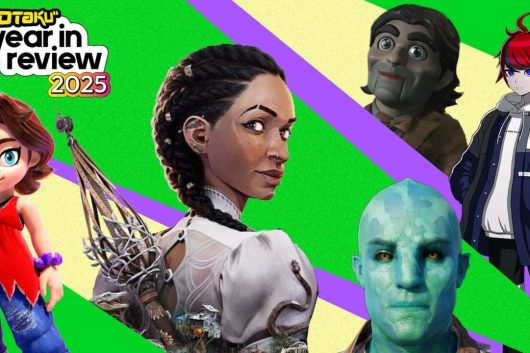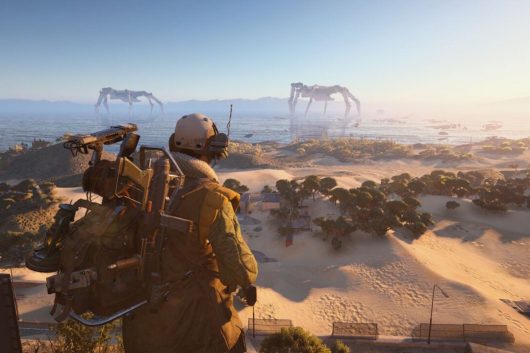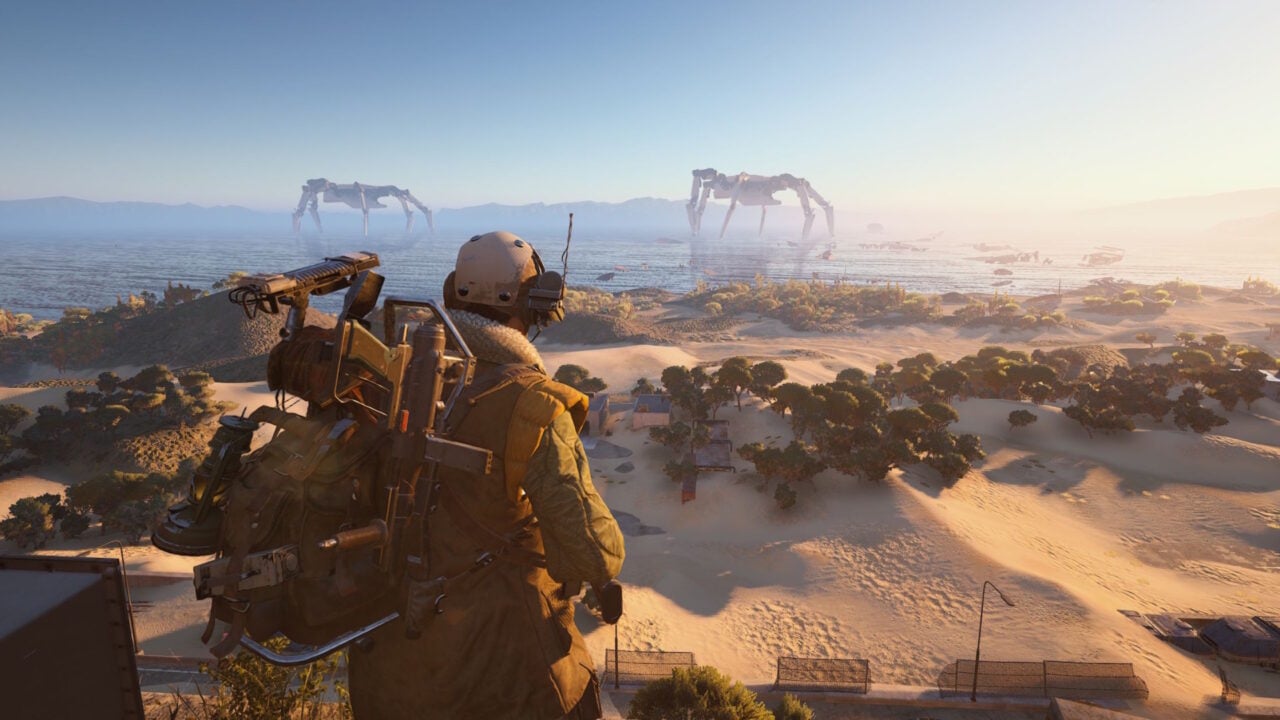

**Reflecting on the exceptional games of 2025 in the future, it is often the characters that define them as much as their mechanics or level design. Whether through the heroes we’ve embodied, the villains we’ve confronted, or the fleeting side characters we’ve encountered, the standout games of 2025 introduced memorable newcomers alongside beloved characters with moments worthy of celebration.**
Here are our selections for the top video game characters of 2025.
### Garmond and Zaza – *Hollow Knight: Silksong*
*Hollow Knight: Silksong* features a host of quirky characters, with Garmond and Zaza being particularly unforgettable. This noble little creature and his airborne companion become allies to Hornet after she rescues them from captivity, and Garmond’s battle cry as he charges into one of *Silksong*’s formidable bosses is enough to motivate anyone for battle against the divine.
### Tenna – *Deltarune*
When curating the list of the best characters in gaming each year, it’s essential to include some truly zany personalities. Tenna, the television host with a TV head, stands out in 2025’s lineup. *Deltarune* is filled with vibrant and memorable figures, but few captivate quite like Tenna, whose 1950s variety show host persona is perfectly complemented by the game’s use of Word-Art-style text effects and a 3D model that allows for more lively expression than most characters. While Tenna may disrupt your group’s quest, his flamboyance and unique flair make it hard to be upset. His wild behavior leads to one of *Deltarune*’s most outrageous boss encounters, concealing a profound fear of obscurity that culminates in a heart-wrenching ending.
### Nate – *Baby Steps*
*Baby Steps*, combining the exasperating movement mechanics of *QWOP* with a climbing game akin to *Only Up*, could have easily resigned itself to being a $20 joke game devoid of character growth, yet its protagonist, Nate, showcases considerable depth as he proceeds barefoot up a mountain. Nate’s issues could easily be resolved if he embraced or sought assistance. The sharp humor in *Baby Steps*’ writing transforms moments highlighting Nate’s stubbornness into enjoyable experiences instead of frustrating ones. As the story unfolds, Nate’s profound social anxiety becomes evident, dwarfing any discomfort I’ve felt while placing an order at a restaurant.
### Swann – *Lost Records: Bloom & Rage*
Similar to *Baby Steps*, *Lost Records: Bloom & Rage* serves as a virtual social anxiety simulator, featuring Swann, a teenage introvert navigating her unfamiliar surroundings around a group of girls she’d like to connect with. From the creators of *Life Is Strange*, Don’t Nod, this narrative adventure allows you to shape the dynamics of the girls’ relationships. Regardless of the choices made with Swann, a poignant longing for love and belonging permeates her experience. She’s the type of person who could easily be overshadowed or invited to gatherings but remains excluded from engaging discussions.
### Dollman – *Death Stranding 2: On the Beach*
Dollman, the living puppet from *Death Stranding 2*, could have been a mere comedic figure, yet he evolves into one of the most sorrowful beings in a series filled with despair. You can toss him around for surveying purposes, and when nighttime comes, he shares chilling tales of his eerie doll experiences. Dollman embodies the contrast of serious political themes and absurd humor more vividly than most.
### Hazel – *South of Midnight*
*South of Midnight*’s southern gothic fantasy resonates with me as a former resident of the South. Hazel, the game’s sorceress protagonist, encapsulates many of the region’s finest qualities. She represents the best in humanity: a compassionate individual who aims to assist others while utilizing wit and not hesitating to stand firm against those who respond to her kindness with negativity.
### Pinky – *Promise Mascot Agency*
Pinky presents a charming exterior while harboring a sinister nature. As her name suggests, she’s a detached pinky finger designed to resemble the kind of mascot you might encounter at
READ ARTICLE




